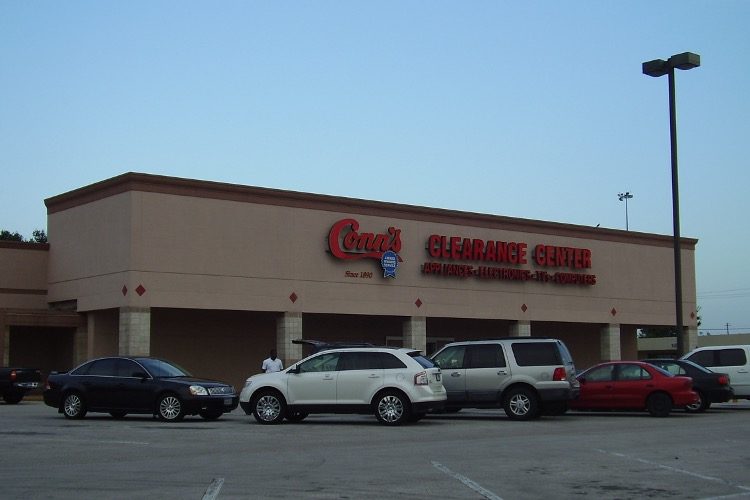
Conn’s, Inc. is a 134-year-old retailer in the southeast United States operating more than 550 stores and employing nearly 4,000 people. By the end of October, the retailer that offers consumer electronics, appliances, and furniture will cease to exist. Creditors will lose an estimated $2 billion in loans they cannot recover, and stockholders will suffer a complete loss of their investment.
Conn’s bankruptcy is just one of more than 3,000 bankruptcy filings since January this year, a 34-percent increase from the year before. This is largely a result of “Bidenomics” and its Keynesian view of economics, based on the foolish but destructive idea that governments, namely the U.S. government, can simply print all the money that is needed. When inflation shows up, the Federal Reserve can simply increase interest rates to slow the economy.
Murray Rothbard, an Austrian school economist, declared that money is not wealth:
What makes us rich is [not money but] an abundance of goods, and what limits that abundance is a scarcity of resources: namely land, labor, and capital.
Multiplying [inflating] coin will not whisk these resources into being. We may feel twice as rich for the moment, but clearly all we are doing is diluting the money supply.
As the public rushes out to spend its newfound wealth, prices will, very roughly, double.
Conn’s is dependent upon consumers buying appliances and furniture, mostly to fill new homes they just purchased. When the Fed began raising interest rates to squeeze the economy, the housing market suffered. Prices of houses rose, reflecting the decreased value of the currency, while the cost of financing them increased as the Fed raised interest rates.
That is the triple whammy that Conn’s has suffered, thanks to the principles of Bidenomics: Spend the money, pay for it by expanding the money supply, and then raise interest rates to squeeze the economy.
Theorists pushing the 4,000-year-old-dream of tyrants included Stephanie Kelton, an “economics professor” at Stony Brook University. She wrote:
To save the planet and fix historical inequities … we must change the way we approach the federal budget. We must give up our obsession with trying to “pay for” everything with new revenue or spending cuts.
Nothing is free, and Mother Nature will not be fooled. Gone will be the nearly 4,000 jobs Conn’s provided. Gone will be the estimated $2 billion creditors loaned to the company in hopes of earning a decent return for the risk taken. Instead, they have lost all hope of getting a return of their money. Gone from investors’ portfolios will be the monies they invested in the company’s stock.
Conn’s CEO, Norman Miller, referenced the effects of Bidenomics in his court filing supporting the bankruptcy and liquidation of the company he has run since 2015:
In recent years, however, the Company’s continued growth and success has faced significant headwinds. As discussed more fully below, those headwinds include drastic shifts in consumer behavior brought on by macro-economic trends, including changes to consumer spend[ing] as a result of multiple rounds of government stimulus associated with the COVID-19 pandemic, market-wide interest rate pressures, [and] inflation….
The resulting slowdown in the Company’s growth has placed a strain on the Company’s sales and liquidity position.
That strain turned fatal, and the company expects to complete the liquidation of its 553 stores through heavily discounted sales by the end of October. Conn’s joins IT firm Dynata; seafood chain Red Lobster; biotech company Invitae Corporation; and the world’s largest industrial biomass producer, Enviva; all of which have filed for bankruptcy protection from creditors this year, thanks to Bidenomics.

